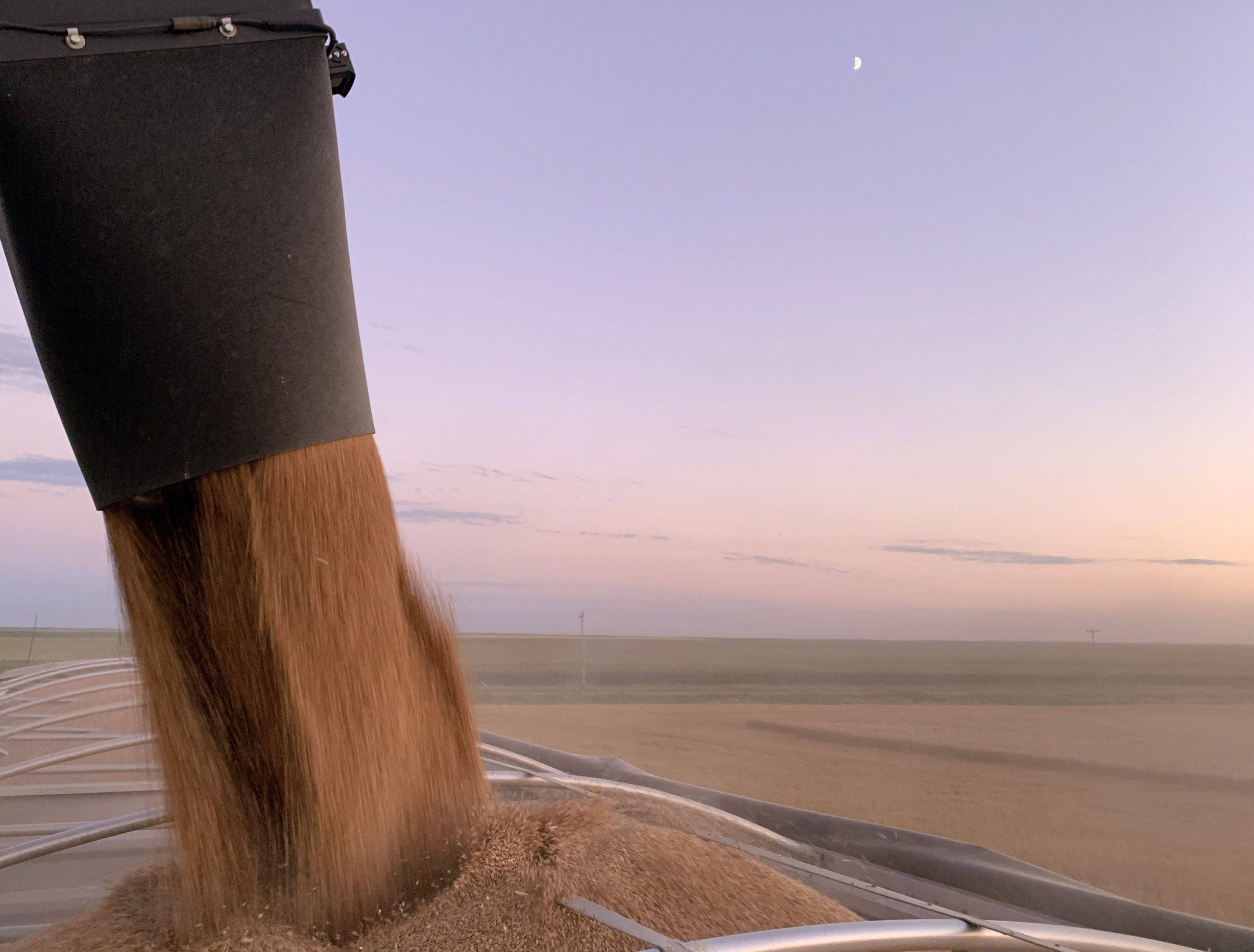
07 Aug Brian: Can I get that supersized?
Onida, South Dakota—They say everything is bigger in Texas. Maybe that’s true. But when it comes to the sheer scale of harvest, nothing seems to compare to South Dakota. Every aspect of the harvest is supersized here. Bigger than Texas? Well, I’ll let you be the judge of that. Lets just say they both are really big and leave it at that.
The wide open spaces of South Dakota can seem endless some times. Wheat meets sky, the uninterrupted horizon stretching endlessly in every direction.
Even the wait to begin harvest this year was supersized. The crew sat fifteen days waiting on the last hint of green to fade from the fields. Why this year’s fields ripened so slowly will forever remain an agronomic mystery. We appreciated the break from work, but the crew grew restless to get back into the fields. A supersized harvest lies before us, and the wheat isn’t going to cut itself.
Slow-ripening green wheat means the crew has time to check that the equipment is ready for a month of hard work. Dull cutting sections are replaced so the headers will cleanly cut through the dens straw of what appears to be a bumper crop.
Onida is located right in the heart of South Dakota, and the scale of farming is very different here compared to most places. No matter what direction you look, large square fields dominate the landscape in Sully County. Many country roads barely meet the definition of the word. They are better described as dirt trails, meant for farm equipment access—not for daily traffic. Why ruin a perfectly enormous field by dividing it up with a pesky road, right?!?
Sometimes you can see where your field is, but finding a road to get there doesn’t mean traveling in a straight line. Dirt trails and rough roads take a toll on tires, and even the grain cart tractor isn’t immune to a damaged tire requiring repair.
Two mile long rows? Check. Single fields over 1,500 acres? Check. On-farm grain storage of 1,000,000 bushels? Yup, we’ve got that here, too. No matter what aspect of harvest you consider, it’s supersized here. The sheer volume of grain that is harvested each hour creates logistical challenges. Consider the trucking power needed to move all that grain away from the fields. Tens of thousands of bushels are hauled every hour, causing plenty of congestion on the roads for truck drivers.
Mile-long rows (or even longer in some cases) mean the machines sometimes are hard to spot in the field. The trucks pile on thousands of miles while here, and hundreds of loads will be hauled from the fields.
To store all that grain, large elevators are the norm around here. Their storage space usually fills in just a matter of days once harvest starts. Outdoor storage, often referred to as bunkers, can help manage the overflow of grain, but farmers still need their own on-farm option. Large clusters of bins dot the countryside, the sun sparkling off their steel rings.
Transportation and storage logistics are two of the biggest challenges in this area. Elevators continue to add additional space, creating a complicated network of silos and bins. On-farm storage capacity is enormous, and Glen unloads his truck into a bin after the elevator becomes full and stops accepting grain.
The ability to quickly unload trucks is key since many fields are located miles away from a delivery point. Round trip hauling distances can approach 100 miles per load. This means once a truck leaves the field, we won’t see them again for over two hours. This means eating a hot meal at dinner requires carful planning, often resulting in the delivery of individual meal plates to ensure the meal is actually with the driver when the dinner bell rings.
Hauling such long distances makes for additional planning not required in other states. Keeping track of where trucks are and when they will return requires good communication. The cooks work extra hard to provide hot meals with individual plates for each person, and getting their food to them on time can be complicated.
When you have this many acres to harvest, one or two combines just won’t cut it. Threatening weather is a constant reminder that speed and efficiency are key, so this area sees many of the largest custom harvest crews. It’s not uncommon to see four, eight or even ten machines all working in the same field, with multiple grain carts and a fleet of semis to haul the grain away. Often a farmer owns machines of his own and then hires additional crews to assist him in completing harvest in a timely manner. We are currently two of the eleven machines harvesting at this job. Logistical management skills is a requirement if you want run an efficient operation here.
Travel around the county on any given morning and you are sure to see fleets of equipment lined up, awaiting fuel and servicing before another long day of harvest begins. Consider this—these two photos represent over $8,000,000 worth of equipment, just a fraction of the machines currently located in this area.
Even the equipment is supersized here. Wide combine headers, big grain carts and semis pulling pup trailers all make perfect sense when you harvest in an area like this. Farmers are constantly looking for ways to do more in less time, and we came across two new options while here. Common in countries like Australia, mother bins are essentially portable storage you can move from field to field. Holding 4,000 bushels, the goal is to have a place to unload a full grain cart when a truck is unavailable to fill. This acts as a buffer to keep the combines harvesting if a trucks return to the field is delayed. It’s like a grain cart for your grain cart! It’s a new concept here in America, and it was interesting to see a mother bin displayed for sale here.
While common in other countries mother bins are a new option that could address the problem of transportation logistics here. Glen takes a look at the 4,000 bushel bin, but it’s hard to believe an 8,000 bushel version is available.
We also had our first up close look at John Deere’s X9 combine. A completely new design, the X9 promises to be one of the most supersized harvesters in the world. Paired with a 50-foot header, the capacity is said to be nearly 40% greater in high yielding wheat. Think of what a custom harvester could do with all that productivity! We have seen prototypes testing for many years now, and it’s exciting to finally see the finished product up close and in person. When you eat, sleep and breathe combines, being one of the first to see the future of harvesting is pretty cool.
The next generation of harvesting is here, as John Deere reveals their massive new X9 combine with 50-foot draper platforms. Available for delivery next spring, this adds to the growing number of super combines beginning to come to market. It’s sure to find its way into the fleet of many harvest crews next year.
Speaking of high yielding wheat, the good looking crop here in central South Dakota has not disappointed. Nearly every field has yielded an exceptional 70 to 80 bushels per acre. Progress has been slower than normal however. Cool temperatures, high humidity and frequent rain showers have kept us from putting in the big days we want. Damp, heavy straw (still slightly green in places) means the combines move slower than normal to separate out all that grain. It takes an extraordinary amount of horsepower to cut and chop such dense straw, especially while unloading on the go. With so many bushels being generated every hour, our grain cart has become invaluable.
You aren’t making progress if the machines are sitting with full grain tanks, waiting for a truck to unload into. A grain cart keeps the combines in constant motion and allows for harvesting large fields without the frustration of finding yourself a mile away from the truck with a full grain tank.
Brenda was nominated as our stand-in cart driver, and she quickly has become a pro at unloading on the go and filling the trucks. With such large fields the combines can fill their grain tanks about every 20 minutes, meaning the cart is almost constantly in motion. By the time the full grain cart makes its way back to the truck to unload, the full grain tank lights on the combine begin to strobe. The cart must hustle back, and we unload on the go to keep everyone in motion. We’re fortunate to have additional trucks provided by our farmer help haul away the grain. This is what it looks like to operate at peak efficiency.
Brenda steps out of her comfort zone and finds herself pulling the 1,300 bushel grain cart for the first time. Loading the trucks to comply with weight limit laws and driving just feet away from the combines while unloading on the go is a pretty nerve-racking experience when it’s all new. She’s quickly become a pro and has been invaluable in the field the last few weeks. Thanks, Brenda!
So this is our supersized South Dakota routine. It’s “go big or go home” here, and the crew loves being a part of this huge harvesting production. Winter wheat is just about finished up in this area, but a second course of spring wheat is about to be served up. It’s kind of like a being on a long road trip. You’re only half way there, so you quickly swing by the drive through window. In South Dakota we never order off the harvest value menu. I’ll take the deluxe combine crew combo meal with a side of mile-long rows and a big yield to wash it all down with—and can I get that supersized?
All Aboard Wheat Harvest is sponsored by Unverferth Manufacturing Co., Inc., Oklahoma Baptist Homes for Children, Agri-Pro, Gleaner, BASF, and High Plains Journal. Join the conversation by leaving a question or comment. Brian can be reached at brian@allaboardharvest.com
#AAWH20 | #harvest20 | #wheat

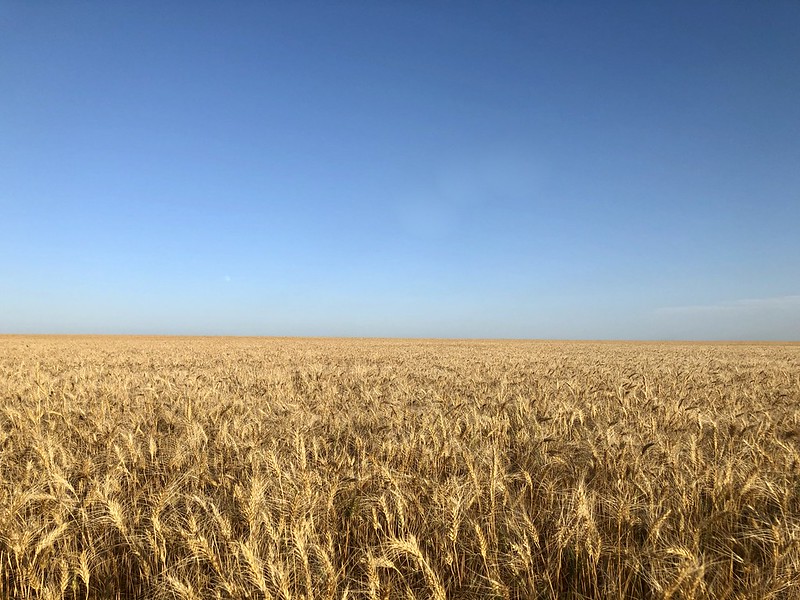


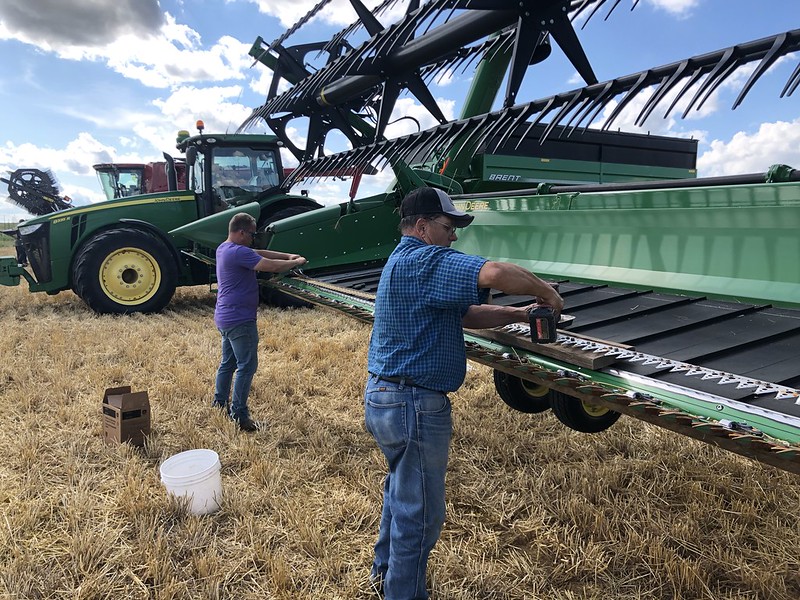

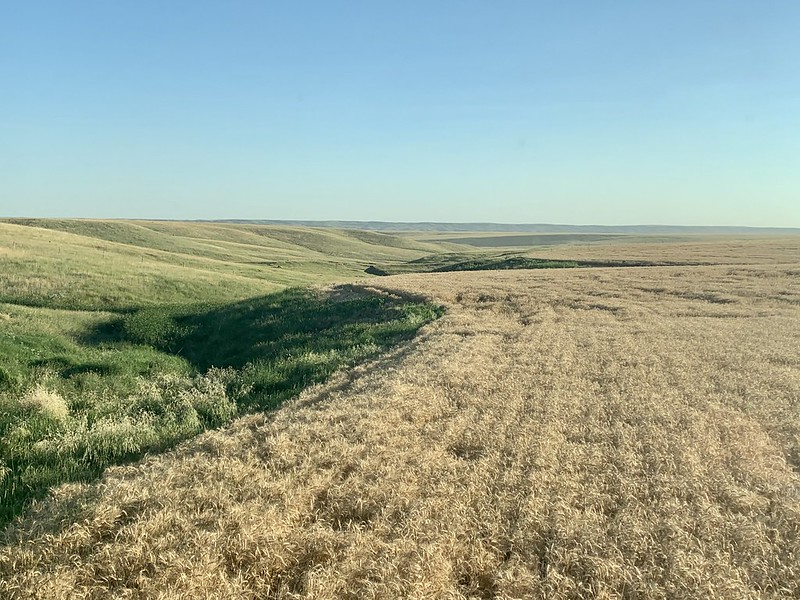


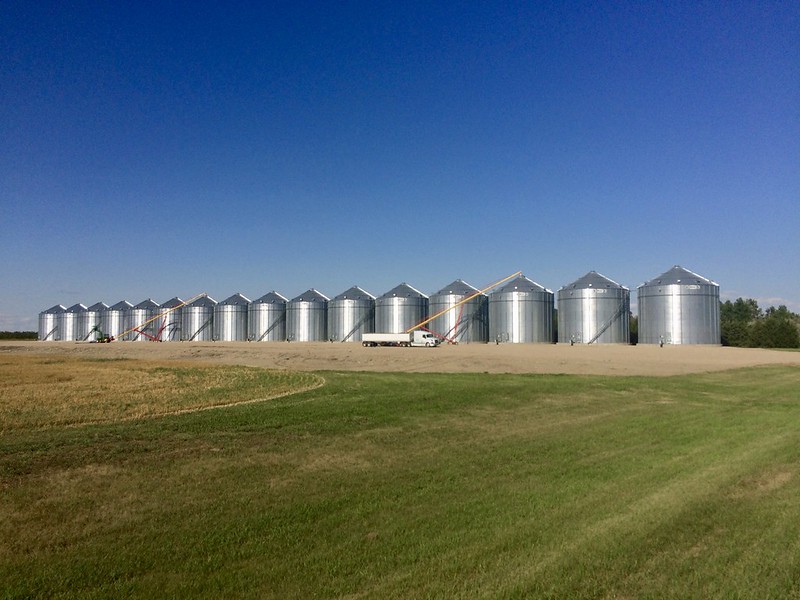




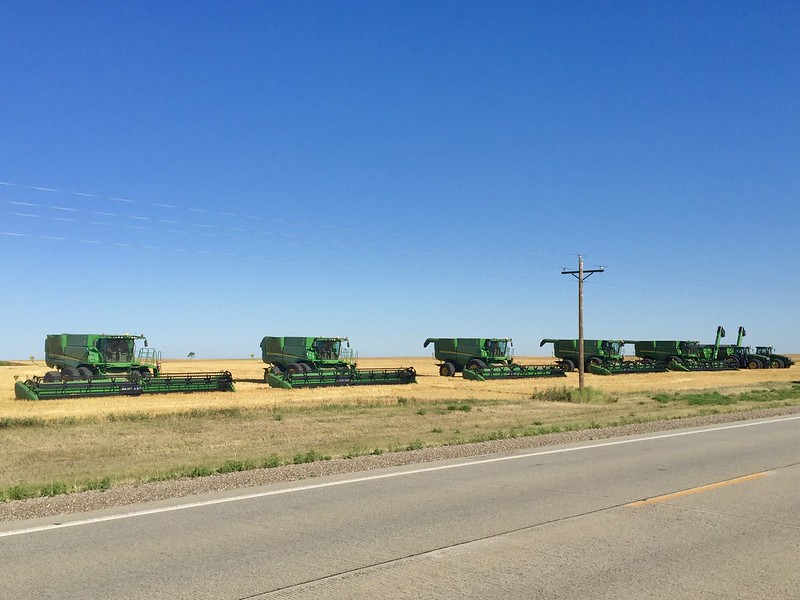

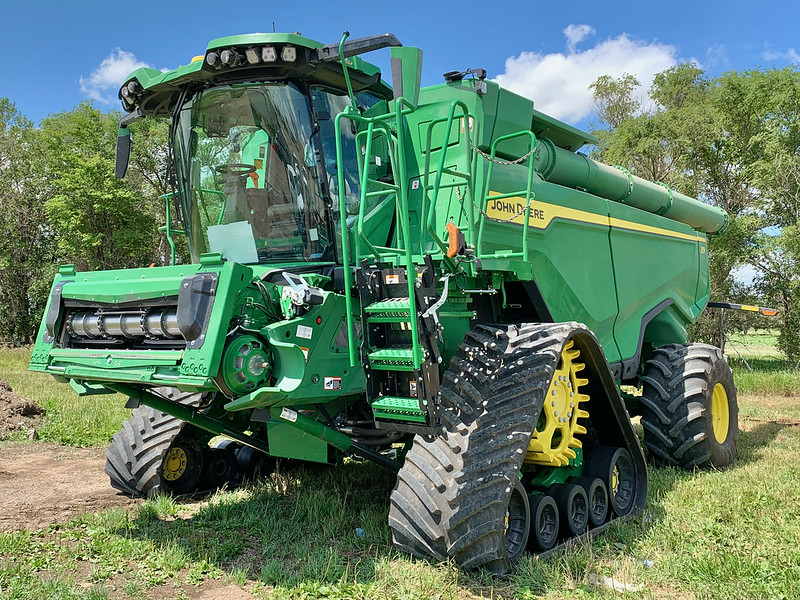

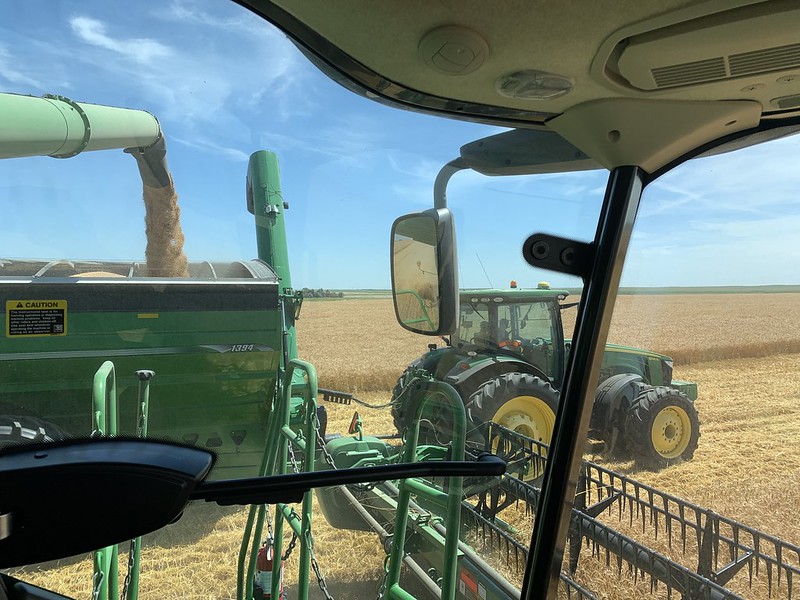

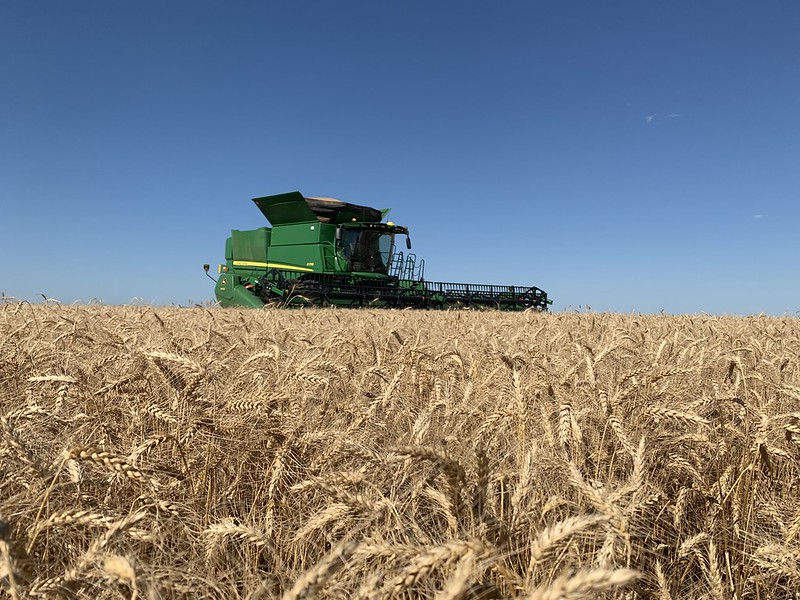

Sorry, the comment form is closed at this time.